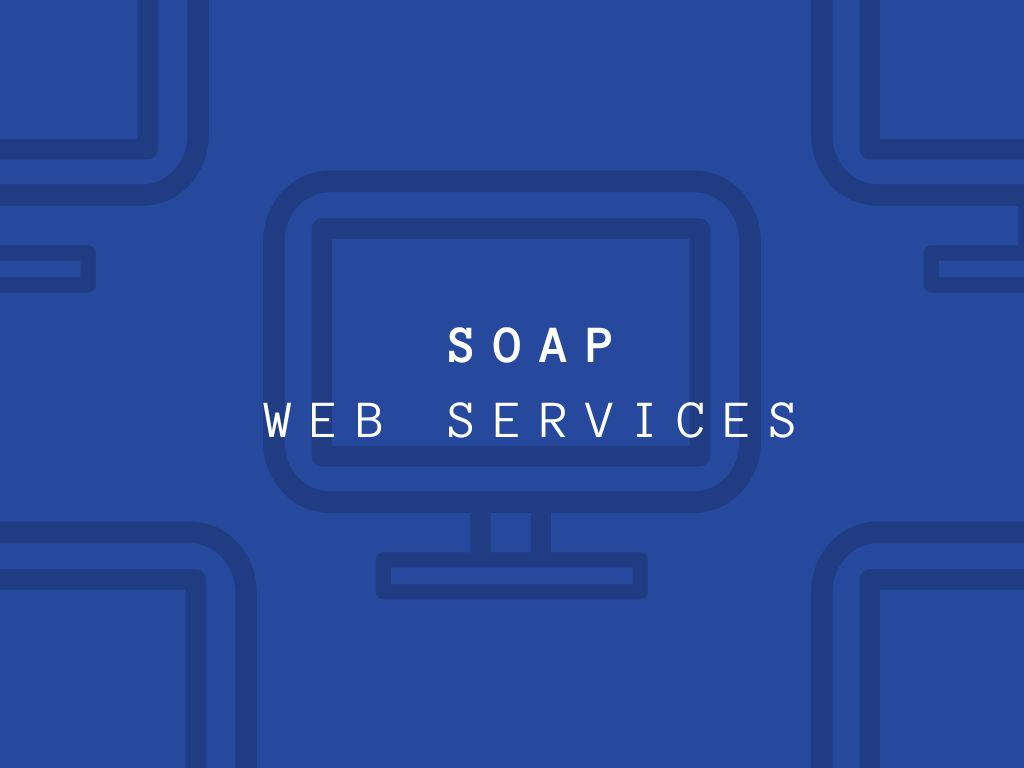
Introduction
SOAP (Simple Object Access Protocol) is a messaging protocol that allows distributed computing environments to exchange structured data. It is a protocol that uses XML (Extensible Markup Language) to encode messages and HTTP (Hypertext Transfer Protocol) as a transport protocol to send and receive those messages over the internet.
Architecture
The architecture of SOAP web services can be broken down into four components:
- SOAP envelope: The SOAP envelope is the root element of a SOAP message. It contains an optional header and a mandatory body. The header can be used to transmit information such as authentication details or metadata about the message. The body contains the actual message data in XML format.
- SOAP encoding rules: The SOAP encoding rules define how data is encoded in a SOAP message. This includes data types, encoding rules, and serialization.
- SOAP RPC: SOAP Remote Procedure Call (RPC) is a way of invoking remote methods using SOAP. The RPC model allows the client to invoke methods on the server and receive a response. The response can be a simple value or a complex object.
- SOAP transport: SOAP can use different transport protocols to send and receive messages, but HTTP is the most commonly used protocol. SOAP messages are sent over HTTP using the HTTP POST method.
Pros of SOAP web services
- Strong typing: SOAP defines a specific data type system, which ensures that the data is validated before it is sent or received.
- Platform independence: Since SOAP messages are transmitted in XML format, they can be interpreted by any platform or programming language that supports XML.
- Extensibility: SOAP messages can be extended with additional elements and attributes, making it possible to add new functionality without breaking existing systems.
- Security: SOAP supports a range of security measures, such as encryption and digital signatures, to ensure the confidentiality and integrity of messages.
Cons of SOAP web services
- Complexity: SOAP messages can be complex and verbose, making them difficult to read and understand.
- Performance: SOAP messages can be large, which can impact performance, especially over slow or unreliable network connections.
- Limited browser support: SOAP is not supported by all browsers, which can limit its use in web applications
Conclusion
SOAP web services are a powerful and flexible way of building distributed systems. They offer strong typing, extensibility, and security features that make them well-suited for enterprise-level applications. However, SOAP can be complex and difficult to work with, and its performance can suffer on slow or unreliable networks.
